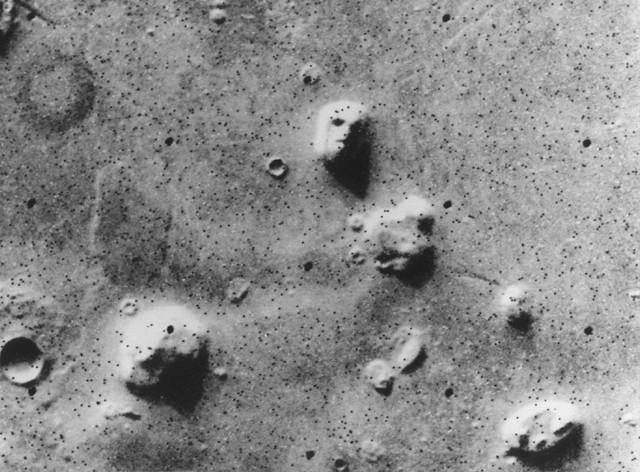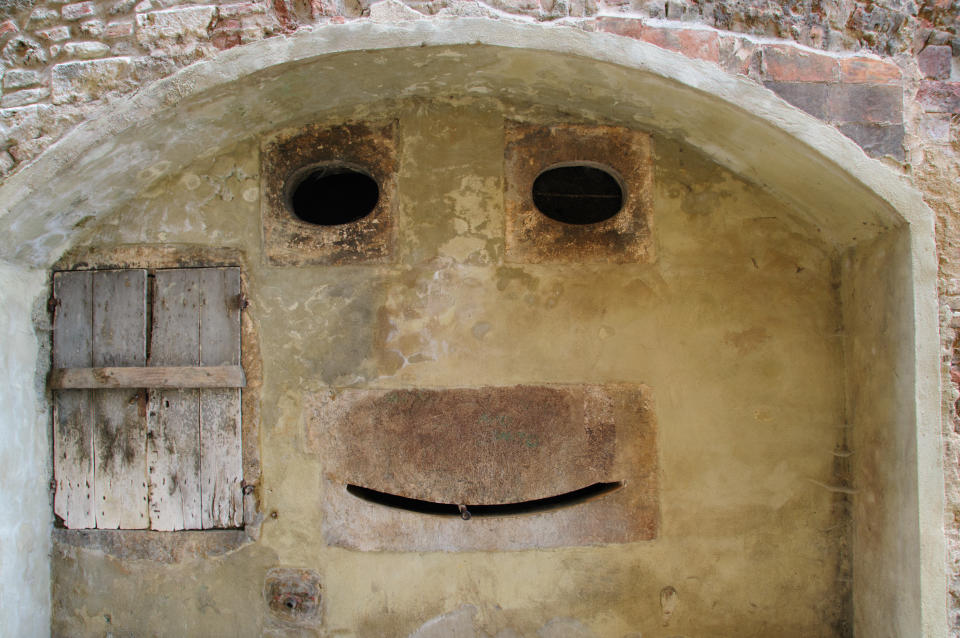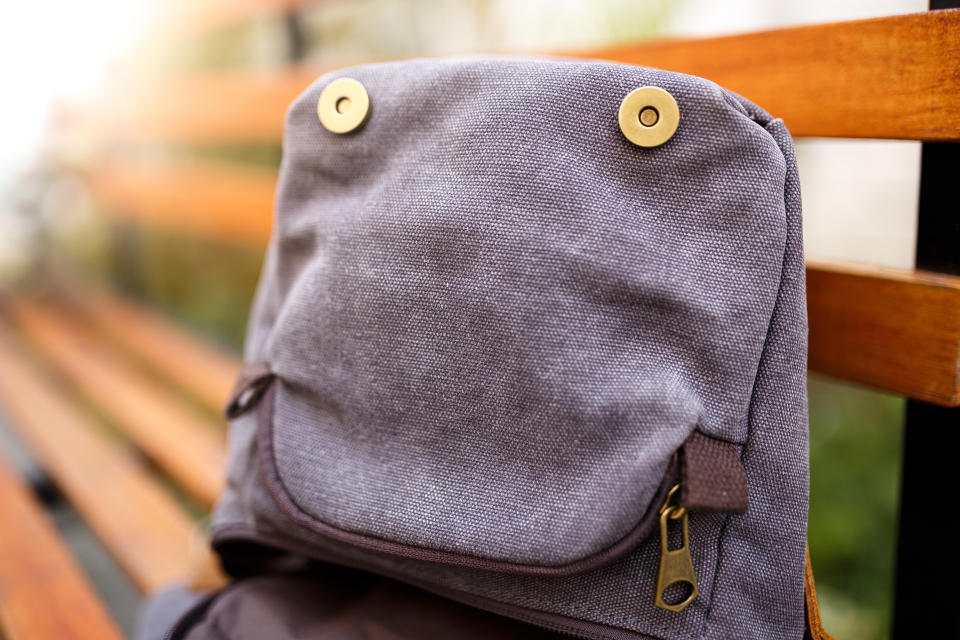Here’s why you see faces everywhere you look

In the 1970s, a NASA image of Mars seemed to show a human-like face – prompting observers to wonder if a lost civilisation once flourished on the Red Planet.
But the ‘face on Mars’ wasn’t evidence of any Martian civilisation, it just showed the human tendency to see human faces in everything from plants to rocks to houses.
A new study by researchers from UNSW Sydney has shed light on why exactly humans are wired to see faces everywhere we look.
In a paper published in the journal Psychological Science, lead researcher Dr Colin Palmer said that ‘face pareidolia’ – the phenomenon of seeing faces in everyday objects – is related to how we see and understand real human faces.
Read more: UFO hunters claim NASA spotted a “robot leg” on Mars
Palmer said: “Pages on websites like Flickr and Reddit have accumulated thousands of photographs of everyday objects that resemble faces, contributed by users from across the world.
“A striking feature of these objects is that they not only look like faces but can even convey a sense of personality or social meaning.
“For example, the windows of a house might feel like two eyes watching you, and a capsicum might have a happy look on its face.

“This basic pattern of features that defines the human face is something that our brain is particularly attuned to, and is likely to be what draws our attention to pareidolia objects.
“But face perception isn’t just about noticing the presence of a face. We also need to recognise who that person is, and read information from their face, like whether they are paying attention to us, and whether they are happy or upset.”
The researchers found that pareidolia seemed to activate the same mechanisms in the brains that extract important social information when one person looks at another.
Read more: Just how worried should we be about the effect of blue light on skin?
They tested this using the process known as ‘sensory adaptation’, a kind of visual illusion where one’s perception is affected by what has recently been seen.
“If you are repeatedly shown pictures of faces that are looking towards your left, for example, your perception will actually change over time so that the faces will appear to be looking more rightwards than they really are,” Palmer said.
“There is evidence that this reflects a kind of habituation process in the brain, where cells involved in detecting gaze direction change their sensitivity when we are repeatedly exposed to faces with a particular direction of gaze.”
The same process occurs with pareidolia faces, the researchers found.

“We found that repeated exposure to pareidolia faces that conveyed a specific direction of attention (for example, objects that appeared to be ‘looking towards the left’) caused a change in the perception of where human faces are looking,” Palmer said.
“This is evidence of overlap in the neural mechanisms that are active when we experience face pareidolia and when we look at human faces.”
What this means, the researchers said, is if you feel like a pareidolia object is looking at you, or conveys some sort of emotion, “it may be because the features of the object are activating mechanisms in your brain that are designed to read that kind of information from human faces”.
Read more: Coronavirus shows us how the planet’s health is linked to our own
“So we think face pareidolia is a kind of visual illusion. We know that the object doesn’t really have a mind, but we can’t help but see it as having mental characteristics like a ‘direction of gaze’ because of mechanisms in our visual system that become active when they detect an object with basic face-like features.”
Palmer believes face pareidolia is a product of our evolution, noting that studies have observed the phenomenon among monkeys, suggesting the brain function has been inherited from primates.
“Our brain has evolved to facilitate social interaction, and this shapes the way that we see the world around us,” he said.
“There is an evolutionary advantage to being really good or really efficient at detecting faces, it's important to us socially. It's also important in detecting predators.
“So if you’ve evolved to be very good at detecting faces, this might then lead to false positives, where you sometimes see faces that aren't really there.
“Another way of putting this is that it’s better to have a system that's overly sensitive to detecting faces, than one that is not sensitive enough.”



